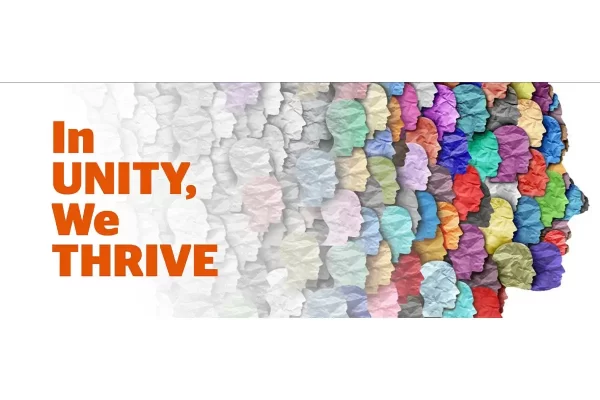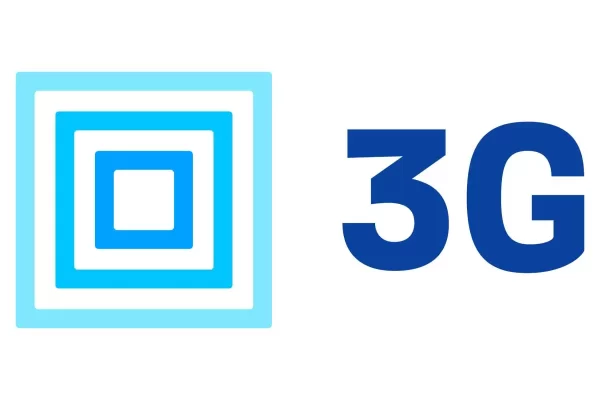
Indian Wells, Calif., Dec. 3, 2009 – “Innovate and Interact” was the theme for the 2009 Exhibit Designers and Producers Association’s (EDPA) annual conference at the Renaissance Esmeralda Resort and Spa in Indian Wells, Calif., Dec. 2-4. Wednesday’s keynote presentation by Keith Goldberg, senior vice president of client strategy for EWI Worldwide, suggested that conference attendees do just that by developing “campfire” marketing strategies for clients – strategies for igniting the brand-building, customer-creating potential of live events.
“People love a campfire,” Goldberg told the lunch crowd. “Have you ever heard anyone say ‘You know, if there’s one thing I can’t stand it’s a warm, inviting campfire…?’ The fact is, we live – we commune – around campfires all day long.”
Goldberg pointed out today’s campfires consists of coffee shops, book stores, health clubs, family meals, fantasy football and baseball leagues, Facebook and Linkedin pages, Twitter accounts, and other places people gather.
What Goldberg was alluding to is that corporations must build communities around their brands that customers and potential customers want to be a part of – a place where individuals can learn about products and services, exchange information, swap stories, share ideas and engage in discussion all while having meaningful, beneficial and trustworthy interactions with corporate representatives and other like-minded customers. Goldberg explained that strategic exhibit programs and other face-to-face events should be “tools in a company’s toolbox” for building corporate campfires.
“What if we could bring that ‘campfire effect’ to the tradeshows, events and live experiences we create for brands?” Goldberg said. “Community is the most powerful, most sought-after result in marketing today and no marketing platform is better suited to tell the stories that create vital community.”

Goldberg outlined the following five steps exhibit designers and builders must embrace to be successful in the changing landscape of face-to-face/live marketing:
• Recognize that the physical exhibit, while a tangible embodiment of a program, is not a solution or end-in-itself.
• Acknowledge there isn’t much future if we give away our thinking and our designs, as we can no longer make it up in the “carpenter hour.”
•Help clients see the value in “live communications” as a distinct marketing category, like advertising, PR, and promotion, that require an enterprise-wide strategy, aggregated budgets, and a holistic approach in order to optimize ROI.
• Understand that the practice of micro targeting and deploying numerous intimate events where “VIPs/KOLs” are “in their element” will challenge historical approaches.
• In order to take the previous steps, we must establish higher-level relationships within client organizations and realize this will not diminish our day-to-day clients, but will empower them in their organizations.
“We aren’t – we can’t afford to be – in the business of only designing tradeshows and events,” Goldberg added. “That makes us a commodity and a tactical expense. We are – we must be – in the business of creating community/building campfires that connect brands and customers. Doing this will make us a strategic partner and a marketing investment.”
Goldberg said there are three steps to building a campfire: gather, ignite, and stoke.
1. GATHER INSIGHTS: What is the marketing challenge or opportunity facing the brand? Who are the customers you need to find, attract, engage, and convert—and what do they think and feel about the brand?
GATHER INTELLIGENCE: Who are the customers you need to find, attract, engage, and convert—and what do they think and feel about the brand?
GATHER YOUR CUSTOMERS: Your customers know they will be attending the event weeks, sometimes months, in advance—are you leveraging online tools to take advantage of this period to begin the conversation and the community building process?
2. IGNITE THE JOURNEY: Is your story compelling enough, your physical environment conducive, and your engagement strategy rewarding enough to deliver a customer experience that separates and elevates your brand?
IGNITE THE CONVERSATION: Are you leveraging social networking tools such as Twitter to connect with, inform, solicit feedback from, and converse with customers throughout the duration of the show?
IGNITE COMPETITIVE ADVANTAGE: Are customers telling, texting, emailing and calling others to visit your space and take part in your experience?
3.STOKE ACTION: Has your campfire been successful enough to stoke conversation, consideration, buzz, evangelism, and leads beyond the show floor?
STOKE RELATIONSHIPS: How are you keeping the post-event conversation going?
STOKE RESULTS: How are you analyzing and qualifying leads and undertaking the process of incubating them into sales?
“Will we step up…and be valued, strategic partners, or will we be increasingly commoditized, tactical vendors?” Goldberg asked the attendees. “We have a choice to make. Build an exhibit, and we’ll deliver an exhibit. Build a campfire, and we’ll deliver a customer.”
Aleta Walther is a Southern California-based marketing communications professional and freelance writer with several years experience as a corporate exhibit manager. Contact Aleta at aw@waltherstewart.com.





























